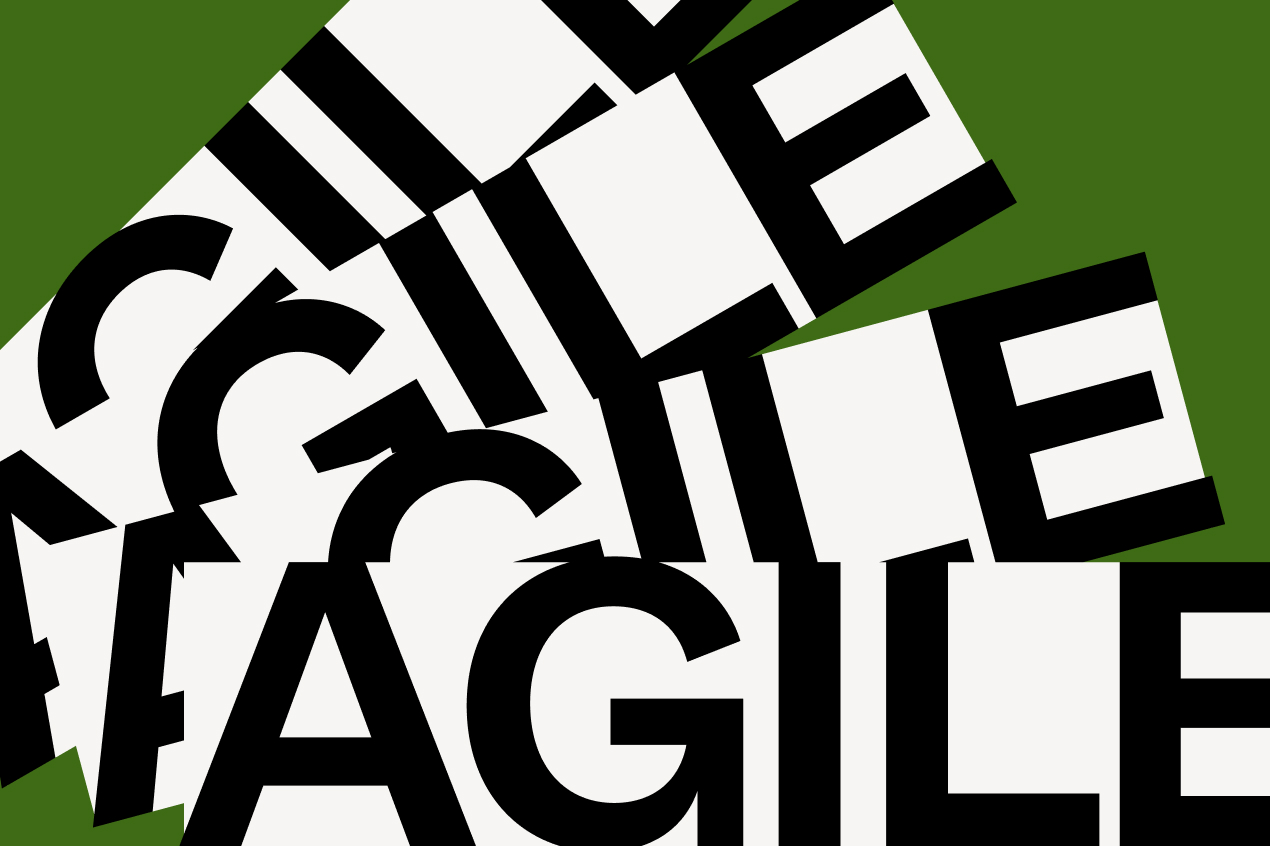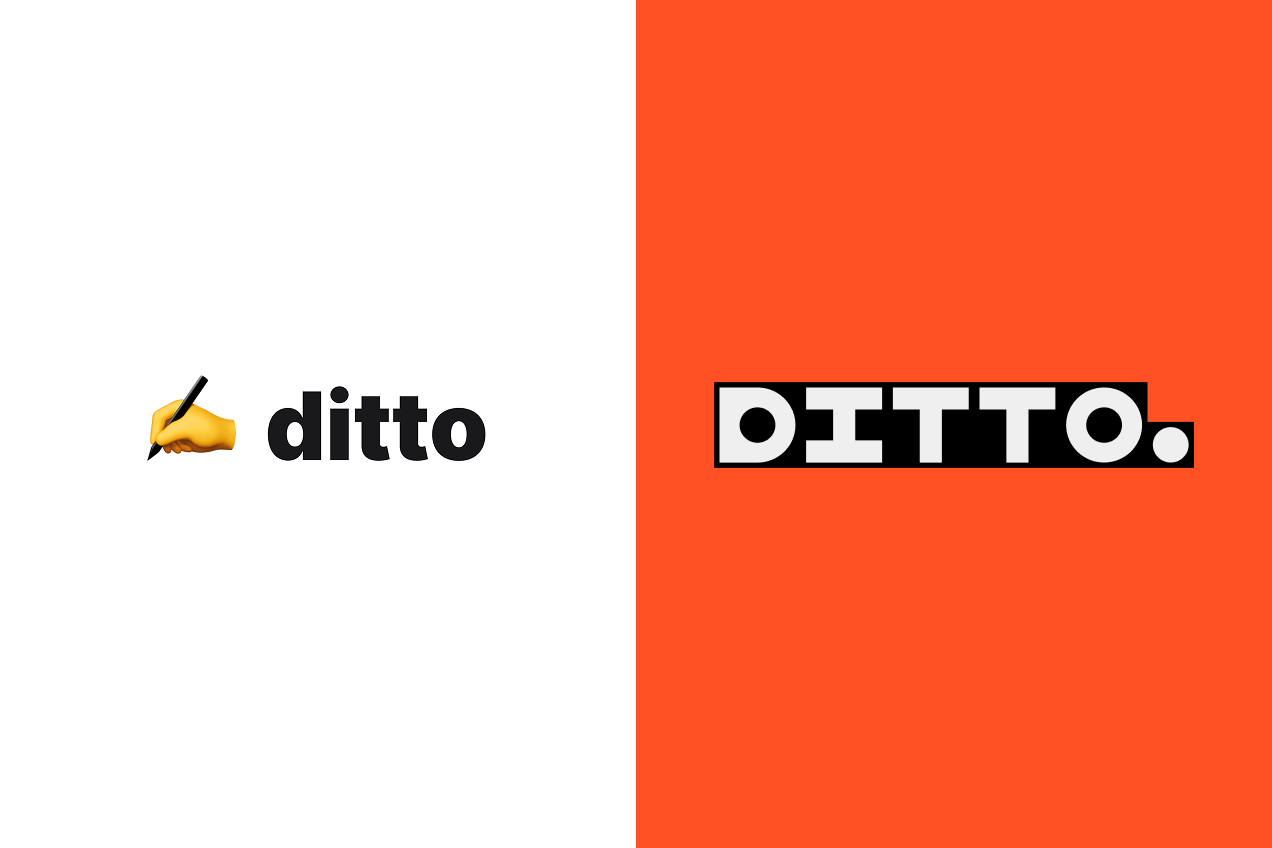Things rarely move at a predictable pace in a content designer’s job. While there may be lulls between product iterations, there are always episodes where the workload feels overwhelming. In these moments, instead of being a passive recipient of requests, content designers can take the lead and manage the flow. Agile principles provide valuable lessons for doing so effectively, both for ourselves and for our stakeholders.
Start with clarity before committing
When work piles up, it’s tempting to dive straight into execution. However, without a thorough understanding of the project goals or intended outcomes, early commitment often leads to rework and unnecessary iterations. This risk is even higher when product owners themselves are rushed, hastily scoping copy, or relying on an “I’ll know it when I see it” approach.
That’s why asking questions upfront is critical. Who is the intended audience? What is the desired outcome of this copy or journey? What is the expected tone of voice? Regular conversations with stakeholders beyond the immediate project request also help. Building rapport over time ensures that when requests do come in, you already understand each stakeholder’s priorities and preferences. This proactive approach reduces the chance of vague or shifting expectations later.
Document scope and requirements
Once questions have been addressed, documentation becomes essential. Every project needs a clear brief that defines scope, intended outcomes and requirements. Ensure that stakeholders provide these inputs and record them in detail.
It is also important to situate copy within the larger product workflow. Copy is often only one part of a chain that includes design, translation and testing. Agile uses “value stream mapping” to track this end-to-end cycle and identify potential bottlenecks. For content designers, this means identifying where delays and communication gaps may occur, and then finding ways to resolve them.
For example, when I receive a request, I confirm the lead time is both clear and feasible. Once the copy is ready for the next stage, I signal downstream stakeholders so no one is left waiting unnecessarily. This approach helps eliminate blockers and keeps the value stream moving smoothly.
Control workload with Kanban discipline
There will be times when deadlines clash or stakeholders attempt to bypass the process. In these moments, it’s important to be firm. Agile teams often rely on Kanban boards to visualise all work in progress. The aim is to maintain a steady pace and limit simultaneous tasks to avoid burnout.
For content designers, the same applies. Tracking work visually helps prioritise, reveals when certain projects generate disproportionate demand and highlights when teammates are overloaded. Acting as a gatekeeper ensures requests are managed fairly while sustaining team performance.
Keep quality front and centre
Even during chaotic periods, content designers have to adhere to style guides and UX writing principles. The basics—clarity, consistency and scannability—cannot be sacrificed.
For example, if a draft uses lengthy hover text to explain a complex term, suggest breaking it into a pop-up or toast message instead. If content across journeys or campaigns is inconsistent, raise the issue and push for alignment. These interventions may seem small, but they safeguard the brand and user experience.
Ultimately, the designer’s role is to ensure copy remains useful, on-brand and accessible, no matter how fast things move.
Delegate through team structures
Another Agile principle is clear task delegation. When multiple projects run simultaneously, dividing them haphazardly can create confusion. Instead, you should deliberately structure responsibilities.
In my team, I organise writers into squads of two. Each squad owns a set of business units and serves as backup for one another. This arrangement eliminates constant triage, builds specialist knowledge and provides flexibility when workloads fluctuate. By clearly distributing ownership, the team avoids bottlenecks and duplication.
Build continuous feedback loops
Agile emphasises retrospectives and continuous feedback as drivers of improvement. For content teams, this is just as vital. Regular sessions create space to celebrate wins, reflect on what worked well and identify areas for growth.
Feedback loops extend beyond the copy team as well. Involving PMOs or other cross-functional partners brings outside perspectives that sharpen insights and strengthen trust. Over time, this culture of reflection fosters cohesion and resilience, enabling the team to navigate peak seasons with greater confidence.
Planning for the long term
Managing content work during high-demand periods cannot be left to improvisation. It requires preparation, as well as team structures and processes that are built long before peak seasons arrive. While no checklist can guarantee smooth sailing, Agile principles offer powerful guidance.
By asking questions early, documenting scope, mapping workflows, controlling workload, adhering to quality standards, structuring teams, and running retrospectives, content designers can transform chaotic influxes into manageable flows. Most importantly, they demonstrate to stakeholders that content design is not just about words, but about creating order, clarity, and value in complex systems.




.png)

